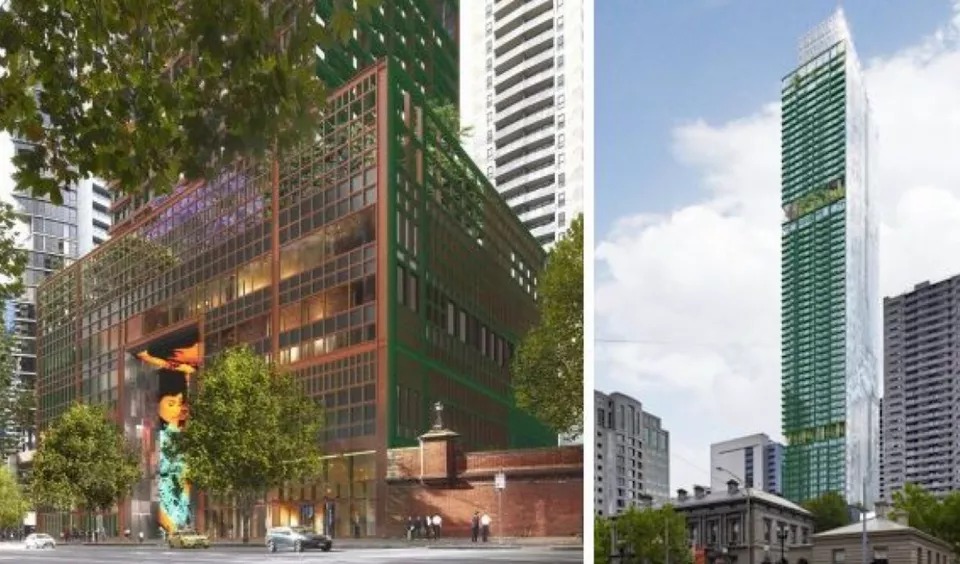Melbourne’s Inner City Pipeline Slumps to Six Year Low
Despite a rebound in Melbourne house prices over the September quarter, its inner-city apartment supply is projected to fall to the lowest levels in six years with 4,000 apartments projected to hit the market in 2019.
Along with a return to boom-like house price growth of 4.1 per cent over the 2019 third quarter, inner-Melbourne apartment rents have reached record highs with vacancies falling below the 2 per cent mark.
But tighter lending conditions for developers and investors and a soft pre-sales environment has constrained development activity, according to valuation firm Urban Property Australia.
“With development lending from the major banks constrained, a number of projects previously being actively marketed have been withdrawn,” Urban Property managing director Sam Tamblyn said.
Tamblyn cites Charter Hall’s 555 Collins Street—originally slated for a 625-unit apartment tower—Golden Age’s 85 Spring Street and 383 La Trobe Street, which Mirvac swiftly switched to an office scheme after purchasing the site late last year—as major projects withdrawn from the market.
Urban Property analysis reveals that at least 3,000 apartments across a number of projects have been shelved.
Related: New Home Sales Back at Mid-2018 Levels

For those that can get their hands on funding, the outlook for development does look slightly rosier with Reserve Bank deputy governor Guy Debelle predicting a shortfall in supply in the near future.
“While the increase in supply has finally met the earlier increase in demand, demand will continue to grow given population growth but supply is going to decline. So there is quite likely to be a shortfall again in the foreseeable future,” Debelle said at a conference in mid-October.
Urban Property forecasts that to meet the projected population growth of 181,325 by 2031 within the City of Melbourne, a further 40,400 dwellings will need to be delivered.
Tamblyn forecasts that the inner-city Melbourne supply pipeline has peaked in the short term.
“Although supply levels in 2020 through to 2022 are expected to be above average; from 2023, completions are projected to significantly decline.”
With the rental vacancy rate below national metropolitan averages of 2.1 per cent, Tamblyn expects apartment rents to grow by 4 per cent over the year to reach an all-time high of $530 per week.
“Rent will continue to increase in the inner-city precinct along with the broader metropolitan area supported by strong interstate and international migration and a declining pipeline of new apartments,” Tamblyn said.















